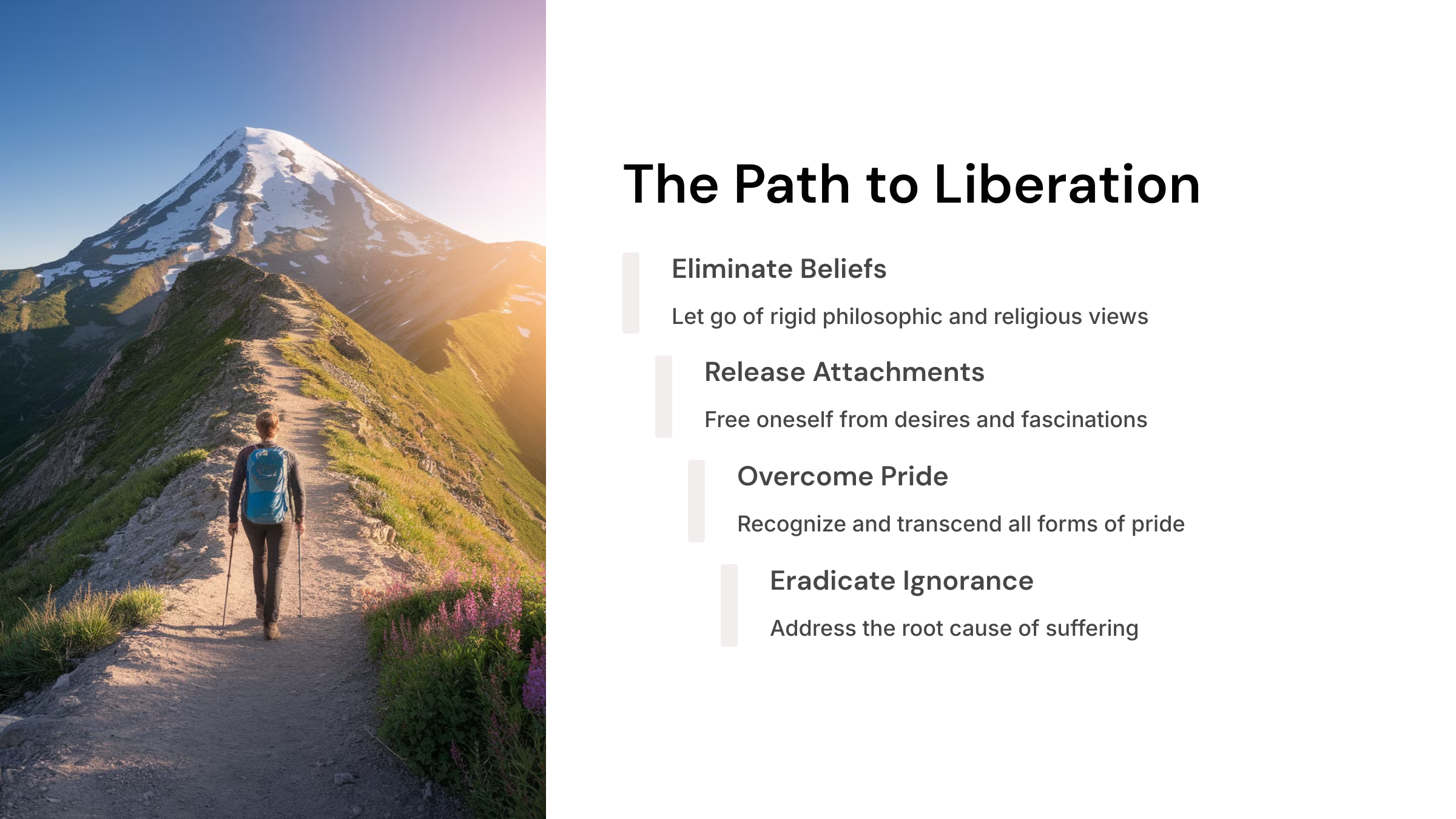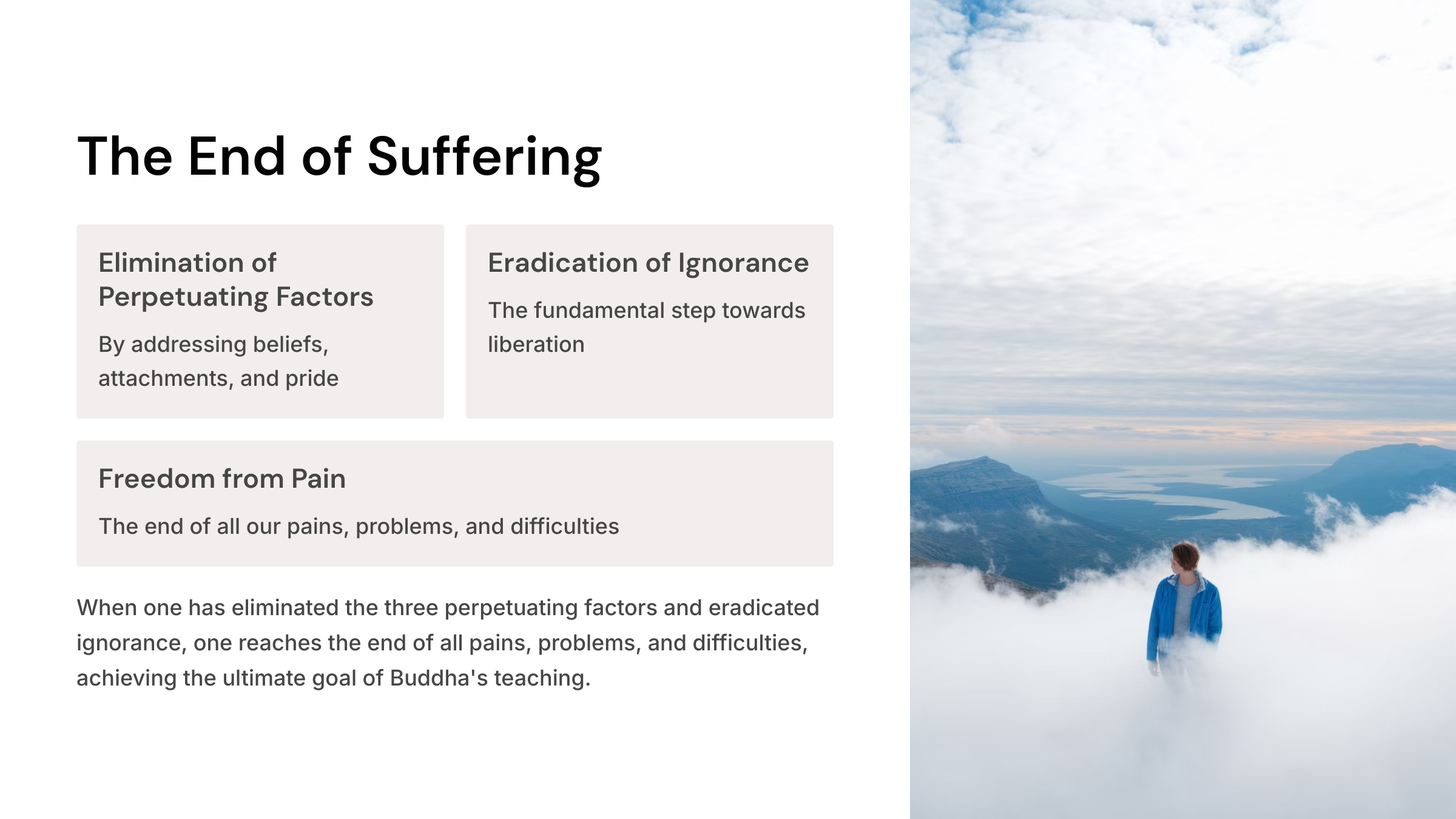Let us pay homage to the Five Infinities with joined palms, bowing with humility: Namo Buddhassa. Namo Dhammassa. Namo Sanghassa. Namo Matapitussa. Namo Acariyassa.
ဝန္ဒာမိ
ရဟန်းများအတွက်သင့်လျော်တဲ့နယ်မြေ Sakunagghi Sutta
“တစ်ခါက သိမ်းငှက်တစ်ကောင်က ရုတ်တရက် ကျီးဖုတ်ငှက်တစ်ကောင်ပေါ် ဆင်းသက်လာပြီး ဖမ်းဆီးလိုက်တယ်။ အဲဒီနောက် ကျီးဖုတ်ငှက်က သိမ်းငှက်က သယ်ဆောင်သွားချိန်မှာ ပူဆွေးပြီး အသံထွက်လာတယ်။ ‘အိုး၊ ငါ့ရဲ့ ကံဆိုးမှုနဲ့ ကောင်းမှုမရှိတာကြောင့်ပဲ၊ ငါဟာ ငါ့ရဲ့သင့်လျော်တဲ့နယ်မြေကနေ ထွက်ပြီး သူများရဲ့ နယ်မြေထဲကို လှည့်လည်သွားခဲ့မိတာ။ ဒီနေ့ ငါဟာ ငါ့ရဲ့ မူလနယ်မြေ၊ ငါ့ဘိုးဘွားတွေရဲ့ နယ်မြေမှာပဲ နေခဲ့မယ်ဆိုရင်၊ ဒီသိမ်းငှက်ဟာ ငါနဲ့ တိုက်ပွဲမှာ ဘယ်လိုမှ မယှဉ်နိုင်ဘူး။’
“‘ဒါပေမယ့် မင်းရဲ့ သင့်လျော်တဲ့နယ်မြေက ဘာလဲ။ မင်းရဲ့ မူလနယ်မြေက ဘာလဲ’ လို့ သိမ်းငှက်က မေးတယ်။
“‘အသစ်ထယ်ထားတဲ့ လယ်ကွက်တစ်ခု၊ မြေစိုင်တွေ လှန်ထားတာနဲ့။’
“ဒါနဲ့ သိမ်းငှက်က သူ့ရဲ့ ခွန်အားကို မဝါကြွားဘဲ၊ သူ့ခွန်အားကို မဖော်ပြဘဲ၊ ကျီးဖုတ်ငှက်ကို လွှတ်ပေးလိုက်တယ်။ ‘သွား၊ ကျီးဖုတ်၊ ဒါပေမယ့် အဲဒီကို သွားရင်တောင် မင်းငါ့လက်ထဲက လွတ်မှာ မဟုတ်ဘူး။’
“အဲဒီနောက် ကျီးဖုတ်ငှက်က အသစ်ထယ်ထားတဲ့ လယ်ကွက်တစ်ခုဆီ သွားပြီး၊ မြေစိုင်ကြီးတစ်ခုပေါ် တက်ကာ သိမ်းငှက်ကို လှောင်ပြောင်တယ်။ ‘လာ ဖမ်းကြည့်လေ၊ သိမ်းငှက်။ လာ ဖမ်းကြည့်လေ၊ သိမ်းငှက်။’
“ဒါနဲ့ သိမ်းငှက်က သူ့ရဲ့ ခွန်အားကို မဝါကြွားဘဲ၊ သူ့ခွန်အားကို မဖော်ပြဘဲ၊ အတောင်နှစ်ဖက်ကို ခေါက်ပြီး ကျီးဖုတ်ငှက်ဆီ ရုတ်တရက် ဆင်းသက်လာတယ်။ ကျီးဖုတ်ငှက်က ‘သိမ်းငှက်က ငါ့ဆီ အရှိန်နဲ့ လာနေပြီ’ ဆိုတာ သိတဲ့အခါ၊ မြေစိုင်နောက်ကို ချော်ဝင်သွားတယ်။ အဲဒီမှာပဲ သိမ်းငှက်က သူ့ရင်ဘတ်ကို ကိုယ်တိုင် ကွဲသွားစေတယ်။
“ဒီလိုပဲ သူများရဲ့ နယ်မြေထဲကို၊ သူ့ရဲ့ မသင့်လျော်တဲ့ နယ်မြေထဲကို လှည့်လည်သွားတဲ့ သူတိုင်းမှာ ဖြစ်တတ်တယ်။
“ဒါကြောင့် မင်းတို့ဟာ မင်းတို့ရဲ့ သင့်လျော်တဲ့ နယ်မြေ မဟုတ်တဲ့၊ သူများရဲ့ နယ်မြေထဲကို မလှည့်လည်သင့်ဘူး။ သူများရဲ့ နယ်မြေထဲကို၊ သူ့ရဲ့ မသင့်လျော်တဲ့ နယ်မြေထဲကို လှည့်လည်သူမှာ မာရ်က အခွင့်အရေး ရတယ်၊ မာရ်က ခြေကုပ်ယူတယ်။ ရဟန်းတစ်ပါးအတွက် ဘယ်အရာက သူ့ရဲ့ သင့်လျော်တဲ့ နယ်မြေ မဟုတ်ဘဲ သူများရဲ့ နယ်မြေလဲ။ အာရုံငါးပါး သာယာမှုတွေ။ ဘယ်ငါးမျိုးလဲ။ မျက်စိဖြင့် သိမြင်နိုင်တဲ့ ပုံရိပ်တွေ — သဘောကျစရာ၊ နှစ်သက်စရာ၊ ဆွဲဆောင်စရာ၊ ချစ်ခင်စရာ၊ တပ်မက်မှုကို ဖြစ်စေတဲ့၊ စွဲမက်ဖွယ်ရာတွေ။ နားဖြင့် သိမြင်နိုင်တဲ့ အသံတွေ… နှာခေါင်းဖြင့် သိမြင်နိုင်တဲ့ အနံ့တွေ… လျှာဖြင့် သိမြင်နိုင်တဲ့ အရသာတွေ… ကိုယ်ခန္ဓာဖြင့် သိမြင်နိုင်တဲ့ ထိတွေ့မှုတွေ — သဘောကျစရာ၊ နှစ်သက်စရာ၊ ဆွဲဆောင်စရာ၊ ချစ်ခင်စရာ၊ တပ်မက်မှုကို ဖြစ်စေတဲ့၊ စွဲမက်ဖွယ်ရာတွေ။ ဒါတွေက ရဟန်းတစ်ပါးအတွက် သူ့ရဲ့ သင့်လျော်တဲ့ နယ်မြေ မဟုတ်ဘဲ သူများရဲ့ နယ်မြေတွေ ဖြစ်တယ်။
“ရဟန်းတို့၊ မင်းတို့ရဲ့ သင့်လျော်တဲ့ နယ်မြေ၊ မင်းတို့ရဲ့ မူလနယ်မြေထဲမှာ လှည့်လည်ကြပါ။ သူ့ရဲ့ သင့်လျော်တဲ့ နယ်မြေ၊ သူ့ရဲ့ မူလနယ်မြေထဲမှာ လှည့်လည်သူမှာ မာရ်က အခွင့်အရေး မရဘူး၊ မာရ်က ခြေကုပ် မယူနိုင်ဘူး။ ရဟန်းတစ်ပါးအတွက် ဘယ်အရာက သူ့ရဲ့ သင့်လျော်တဲ့ နယ်မြေ၊ သူ့ရဲ့ မူလနယ်မြေလဲ။ သတိပဋ္ဌာန်လေးပါး။ ဘယ်လေးမျိုးလဲ။ ရဟန်းတစ်ပါးဟာ ကိုယ်ခန္ဓာကို ကိုယ်ခန္ဓာအတိုင်း အာရုံစူးစိုက်နေတယ် — အားထုတ်မှု၊ သတိရှိမှု၊ မှတ်သားမှုနဲ့ — လောကီအတွက် တပ်မက်မှုနဲ့ ပူဆွေးမှုတွေကို ဖယ်ထားပြီး။ သူဟာ ခံစားမှုတွေကို ခံစားမှုအတိုင်း… စိတ်ကို စိတ်အတိုင်း… စိတ်ပိုင်းဆိုင်ရာ အင်္ဂါရပ်တွေကို အင်္ဂါရပ်အတိုင်း အာရုံစူးစိုက်နေတယ် — အားထုတ်မှု၊ သတိရှိမှု၊ မှတ်သားမှုနဲ့ — လောကီအတွက် တပ်မက်မှုနဲ့ ပူဆွေးမှုတွေကို ဖယ်ထားပြီး။ ဒါက ရဟန်းတစ်ပါးအတွက် သူ့ရဲ့ သင့်လျော်တဲ့ နယ်မြေ၊ သူ့ရဲ့ မူလနယ်မြေ ဖြစ်တယ်။”



















































